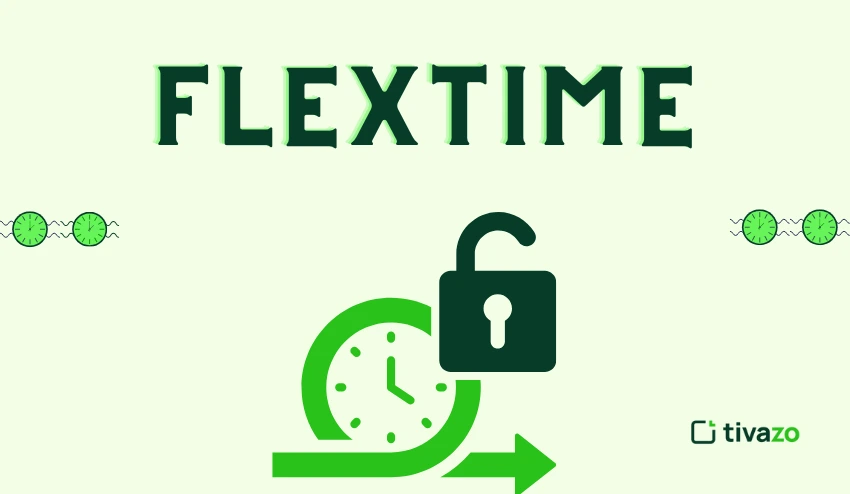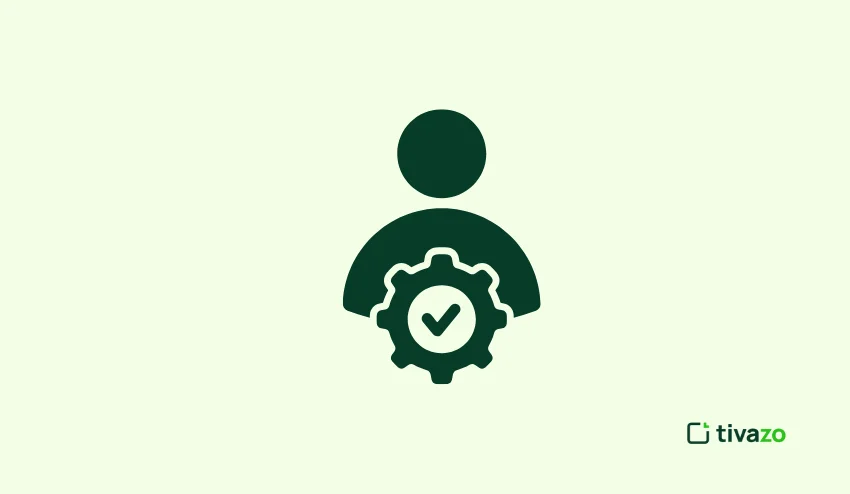Flextime, or flextime, is a modern form of working arrangement that allows employees to set their own hours (within limits) rather than work a conventional 9-to-5 schedule. Flextime gives employees the flexibility to carve the shapes and patterns of their schedule however they wish, without needing to adhere to fixed starting and ending times, as long as they maintain a necessary number of hours or core hours required by the employer.
What is Flextime?
To put it simply, flextime creates flexibility around employees’ hours of work without sacrificing productivity. It allows employees to work when they feel most productive, which ultimately increases productivity. For instance, those people who work best early in the morning would work best if they could start their work at 7 AM and then finish earlier in the afternoon, while those who feel more alert later in the evening can adjust their scheduled work hours accordingly.
More broadly, flextime allows for better work-life balance, decreased commuting anxiety, and allows individuals to fulfill personal obligations in conjunction with their work. Flextime, in many ways, is a part of a larger flexible work policy. Organizations are adopting flextime policies in an effort to improve employee happiness, employee retention, and organizational performance.
What Does It MEAN to Work with Flextime?
Working with flextime means you can choose when to start and finish work. For example, if your regular hours are from 9 a.m. until 5 p.m., in a flex time you’ll have the opportunity to work from 7 a.m. until 3 p.m. or 11 a.m. until 7 p.m. The decision of when to start and finish work considers personal preference and the business’s need to complete work in a timely way. Employers usually define core hours from 10 a.m.- 3 p.m., generally require all employees to be available during core hours, but allow the rest of the hours to be flexible.
Benefits of working with flextime :
- Flexibility with start and end times: Your work hours can adapt to personal daily rhythms.
- Compliant with core hours: You will be available to attend required meetings or work collaboratively with coworkers during required hours.
- Autonomy to schedule: Employees schedule breaks and other requirements like running errands or personal appointments, and are assured that they are productive while doing it.
- Focus is on productivity: Ultimately, measuring performance is results-based, not how many hours worked.
- Stress reduction: Flextime has a reduction of the stress associated with rigid schedules, not provide quality of life for employees.
The benefits of working with a flextime schedule are measurable productivity as well as employee satisfaction, to be able to work when you are at your strongest and productive in a day.
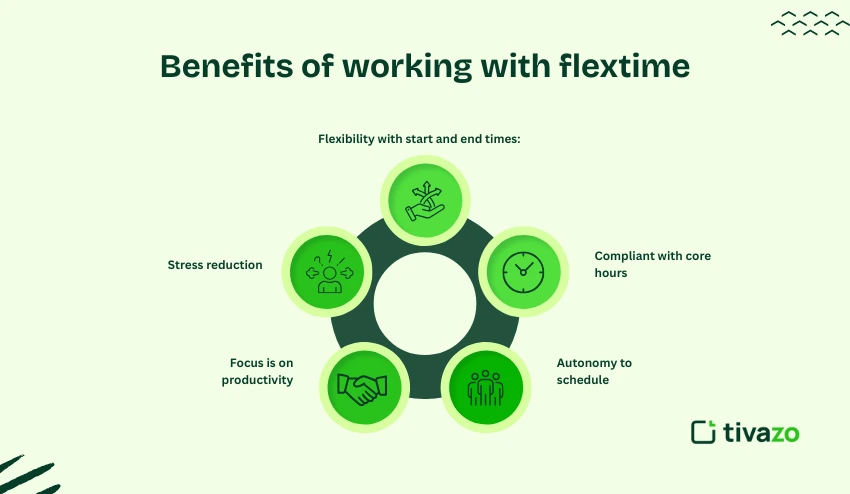
An Implementable Example of Flextime
Imagine an employee is a parent with school-aged children. Rather than work the standard hours starting at 9 AM, they start work at 7 AM and leave work at 3 PM to pick up their kids. Another employee may work from 11 AM to 7 PM. Both employees have provided the same number of hours, but they had the opportunity to work according to their best schedule.
Example Flextime Options Table:
| Employee | Standard Schedule | Flex Time Schedule |
| John | 9 AM – 5 PM | 7 AM – 3 PM |
| Sarah | 9 AM – 5 PM | 11 AM – 7 PM |
| Raj | 9 AM – 5 PM | 8 AM – 4 PM |
What is the Length of Flextime?
Flextime does not change the hours an employee is expected to work (in most cases). Employees are typically still working a base (or contracted) 40 hours (or whatever has been agreed upon). The difference is that the employee can distribute these hours in the best way suited to their lifestyle.
The Advantages of Flextime for Employees and Employers
Flextime can be beneficial for both sides of the employment agreement if implemented effectively.
Benefits for Employees
- Work-life balance: Employees can sort out personal commitments without added pressure
- Reduce commuting stress: Employees can also travel to and from work outside of peak hours.
- Better job satisfaction: Employees feel as if they are being trusted and valued.
- Increased productivity: Employees can work during their most energetic times.
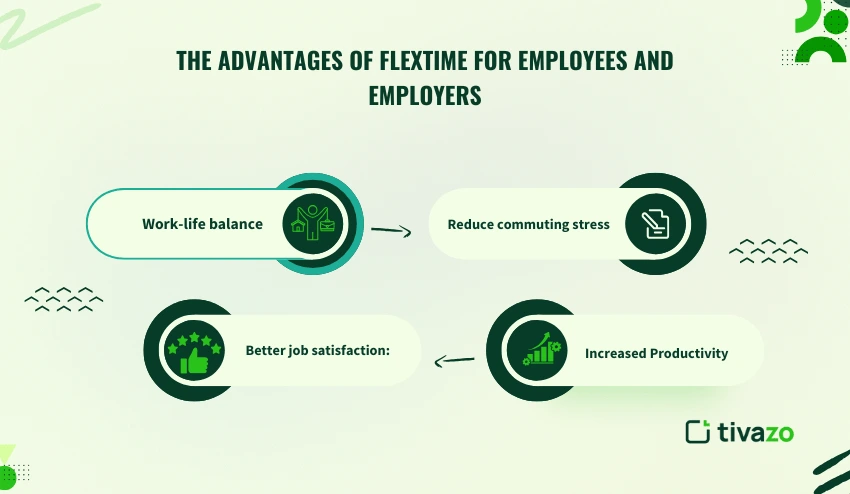
Benefits for Employers
- Attracts talent: Flextime can be a big boon for job seekers.
- Reduces absenteeism: Employees can pivot their work from time to time and tend to their personal needs without missing, or being late to work.
- Improves retention: When employees are happier and in a better headspace, they are more likely to work longer at your company.
- Better productivity: Employees can do their best work when they can work at their most effective times.
Cons of Flextime
- While flextime may be helpful, there are challenges to consider.
- Difficulty coordinating schedules: It’s harder for teams to coordinate and meet.
- Less interaction as a team: Fellow team members may be working separate hours.
- Note-taking hours: Employers will have to track hours/time.
- Not a good pick for all roles: If the job requires a fixed work schedule or a physical presence, it does not work well.

Jobs that can take advantage of flextime
Not every position can use flextime, but many do. Flextime works best when output and results matter more than physical presence at a certain time. Here are a few examples:
- Remote workers (marketing, design, content writing, etc.): These types of roles generally require creativity and deep thinking, where employees can usually be more productive by allowing them to choose the hours they work.
- Customer support teams in different time zones: Flextime coverage explains ongoing customer queries across regions, without placing an excessive burden on individual employees.
- IT professionals and developers who require seamless deep focus hours: Coding or problem-solving often requires undisturbed thought to get consensus on a path forward. Unobstructed thought is fostered by permitting employees to arrange their schedules.
- Sales professionals who interface with customers based on their availability: Sales teams can coordinate the hours they work with the time zones and schedules of their clients, allowing them to communicate better and close more deals faster.
- Parents or caregivers with family responsibilities to balance: Flextime allows employees a better ability to realistically manage commitments to family without leaving their professional responsibilities behind.
Also, research, consulting, and freelance project-based roles will experience significant gains from increased flextime. The way employees embrace this enhanced flexibility will increase engagement, creativity, and retention levels, which is definitely a competitive advantage for many businesses.
How To Implement Flextime In Your Business
Implementation of flextime is challenging and requires upfront planning, consistent communication, and a means of tracking performance.
Step 1: Define Core Hours
Establish core hours (i.e., 10 AM – 3 PM) where all employees are expected to be working to attend meetings, collaborate, and be available for the rest of the team.
Step 2: Implement Time Tracking Solutions
Use time tracking software such as Tivazo, MyHours, or Clockify to keep accurate time logs, manage productivity, and see how well (and at what times) employees work.
Step 3: Create Clear Policies
Put together policies that clearly explain what employees are eligible for flextime, what roles or situations this policy works with, how work schedules can fluctuate, and how performance will be assessed to ensure accountability.
Step 4: Train Managers
Managers need to be trained and adapted to lead flexible teams, not on how many hours they are accountable for, but on matters of performance, and encouraging managers to communicate effectively with their employees.
Step 5: Launch a Pilot Program
Start the pilot program with a small group of employees and analyze the results. Collect feedback, determine challenges, and then roll the program out across the company.
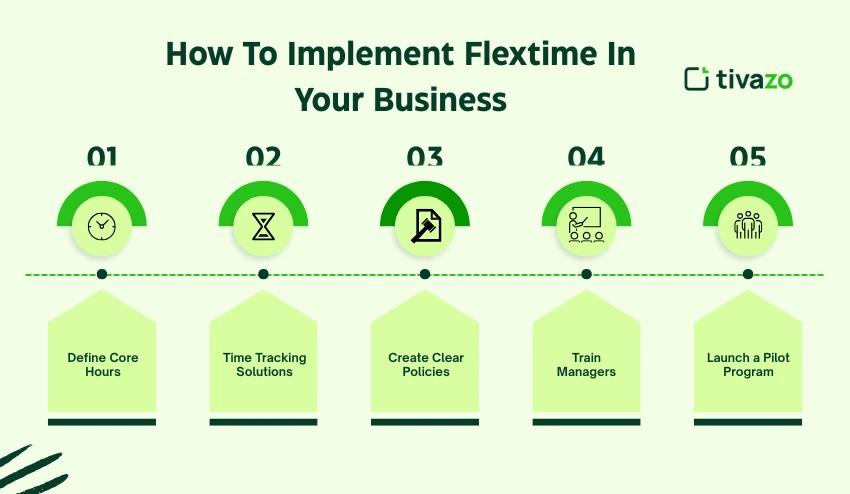
Flextime vs Traditional Schedule
| Aspect | Traditional 9-to-5 | Flextime |
| Work Hours | Fixed | Flexible |
| Work-Life Balance | Limited | Improved |
| Productivity Peaks | Not Optimized | Optimized |
| Employee Satisfaction | Moderate | High |
| Team Coordination | Easy | Requires effort |
As compared to the Traditional 9-to-5 schedule, Flextime provides employees more ownership of their daily work schedules. While a fixed schedule might suggest ease and coordination, it has restrictions. Productivity and creativity may be limited by the traditional 9-to-5 workday, which also limits flexibility to meet personal needs. Flextime allows employees to work when they are at peak energy, which results in more productivity and engagement. While team coordination can take more planning with a flextime schedule, the benefits due to job satisfaction, decreased stress, and increased work-life balance make Flextime an attractive alternative in modern workplaces trying to attract the best talent and keep them as long as possible.
Utilizing Flexibility in Work Hours
- Know the policy: Understand your organization’s policy regarding flex time, including core hours and total number of hours required.
- Know your own productivity: Try and arrange the work accordingly (e.g., if you are most awake and energized in the morning, figure out how to work at that time).
- Schedule tools: Use calendars or team tools so everyone knows when you are working and what you are able to make yourself available for during core hours.
- Be productive: Set goals for the day, so that once you have a flexible work schedule, you still have a sense of productivity and purpose.
- Be accountable: Find a method that allows you to track your work and report to your managers regularly. Keeping them informed regularly will enable and empower you to be successful as a team, but will also help you remember the objectives of the project.
- Find the right balance: You will likely need to adjust your schedule over time. Learning more about how you are productive and accommodating personal responsibilities increases your likelihood of reducing stress and being productive while you are working.
Is Flex Time Off Paid?
Flex time off generally refers to time taken outside of your normal hours, while still taking advantage of the flex framework for hours. In most companies, flex time off should be paid, as long as the time off is within the total required hours to work, or the agreed flex schedule. For example, if you work 4 extra hours on a Monday, the company should let you take 4 hours off later, without loss of pay.
Each company has flex policies that could be slightly different, so please clarify your organization’s stance on how flex hours can accumulate, how to get approval, and how your flex hours should be tracked. Since flex time off allows some level of flexibility, it is different from vacation, sabbatical, or unpaid leave. If effectively managed, paid flex time off helps you meet personal commitments while still allowing you to earn income and stay productive, so paid flex time off is a great workplace benefit to facilitate work-life balance!
Conclusion
Flextime is not simply a benefit to workers – it is an effective strategy to work towards improving productivity, retention, and overall employee well-being. There are obstacles to avoid, but for most, the upside of flexibility outweighs any challenges as it relates to how workers are performing. Subsequently, businesses that employ flextime are better able to compete for talent, foster team development, and remain agile to change within the modern workplace.
